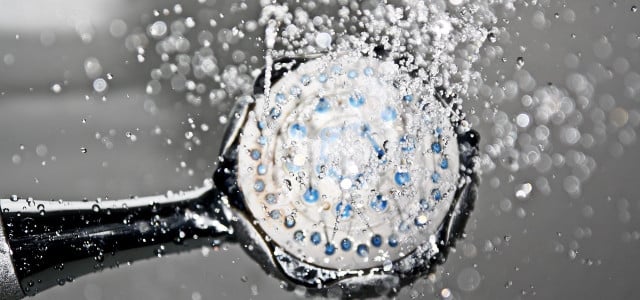Sometimes the air in our homes can become too humid, making the air sticky and uncomfortable. Learn how to decrease the humidity in any house with these six natural methods.
A too humid space can be uncomfortable, and tough on our overall health. Your body has a harder time cooling itself if the humidity is too high, which can be a detriment to your health, such as increasing the risks for fatigue, dehydration, muscle cramps and fainting.
Additionally, too much humidity can create mold in your living space (black mold in the bathroom is a common issue in high-humidity houses). If you find any in your home, you should immediately and safely remove black mold from your living space, as it can lead to symptoms like wheezing, and red or itchy eyes, or skin. For people suffering from asthma or allergies to molds, the reactions can be more intense, like fever and difficulty breathing.
Often a dehumidifier is touted as the right fix for humidity, but they can be expensive and bulky. In order to decrease the humidity in your home naturally, follow these methods.
1. Open Your Windows to Decrease Humid Spaces
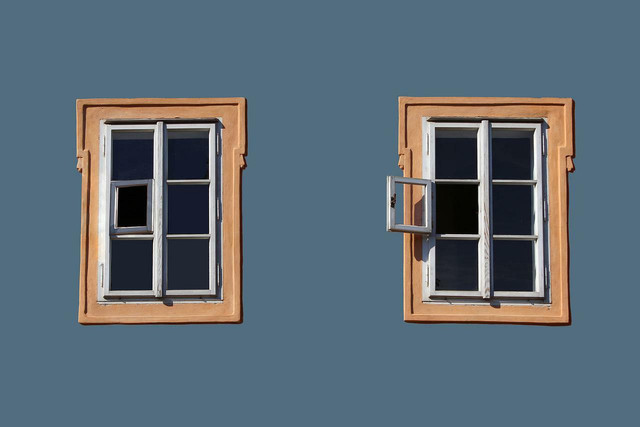
(Foto: CC0 / Pixabay / moshehar)
Opening the windows in your home can decrease the humidity because it more properly ventilates and moves the air (and is a natural alternative to air conditioning). To get the most out of it, keep in mind the following points:
- During the summer, keep your windows closed during the day (especially if they are south facing) but open them when temperatures outside are at their lowest (morning, evening). For even better results, learn how to insulate your windows to keep the heat out.
- If you open windows at opposite sides of the house/space, the air will ventilate more readily and will decrease humidity through cross winds.
- In winter months, it’s better to open your windows for brief periods, and leave them open wide to bring in more air flow. Don’t let your room cool out completely as that can cause mold. To save money on heating as well as to keep a comfortable level of moisture in your rooms, learn more about recommended thermostat settings in winter.
- Don’t forget to open windows in unused rooms, as the risk for mold is higher in highly humid spaces not used often.
2. Move Your Plants to Bring Down Humidity Levels in the House
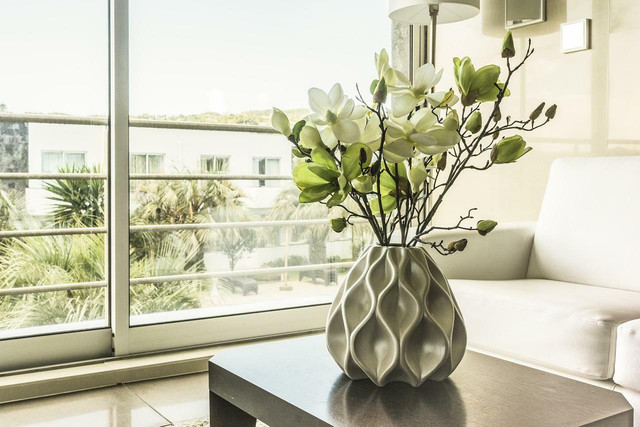


(Foto: CC0 / Pixabay / charloisporto)
It can be lovely to have houseplants liven up a space, but they produce moisture as part of their growing cycle. They take water from the roots and carry it up into the leaves, and when this happens moisture is released into the air and can contribute to your overall humidity at home. If the plants are fit for your balcony, temporarily move them there in order to decrease the humidity in your space. Alternatively, you can add trees or other tall plants outside your space where they will increase shade. This should help bring the heat and humidity down from the outside in the summer.
3. Decrease Humidity in Your Kitchen
If you are cooking a lot, the heat from the stove and oven can escape into the room and increase humidity. Always make sure to turn on the ventilation fans while cooking. If your kitchen has windows, open them to let the air escape and decrease the overall humidity. Similarly, if you have room fans, use them to circulate the air. Standing fans work great, and if you have a ceiling fan, make sure the switch is turned to “summer” mode before using it.
4. Air Dry Your Laundry Outside
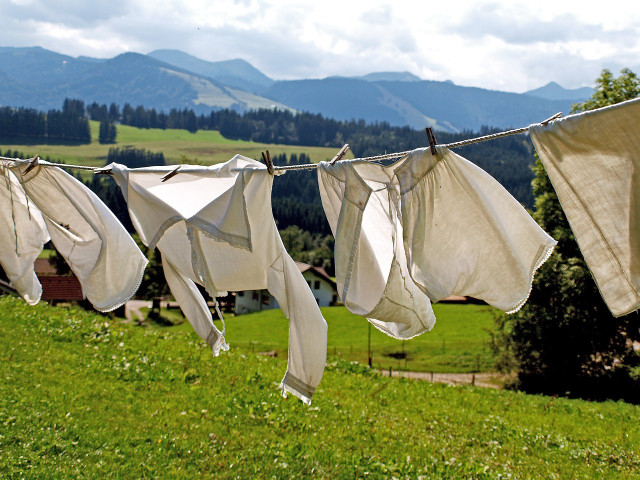


(Foto: CC0 / Pixabay / wilhei)
Air drying your laundry is always better for the environment as it uses less energy and electricity, but instead of setting up the drying rack inside, set it outside (and in the sun to naturally disinfect!). As clothing and laundry dries, the water evaporates, increasing the humidity in your home. If you dry your items outside, the water evaporation will not impact your humidity inside.
5. Use Your Air Conditioning to Decrease Humidity
If you have air conditioning, you can use it to lower humidity in the home, particularly in the warm months. In order to decrease the energy usage, turn on the air condition for small periods of time rather than constantly keeping it on. This should decrease the temperature and humidity in the space to a more manageable level and will decrease the electricity usage of the system.
If you don’t have an AC, you can also learn how to cool a room without air conditioning.
6. Take Cooler Showers to Eliminate Humidity Buildup in the House
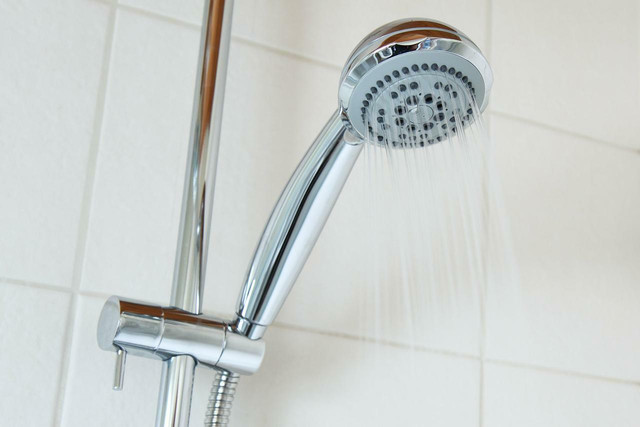


(Foto: CC0 / Pixabay / PublicDomainPictures)
If you crank up the water temperature in your shower and leave the door open, humidity escapes and increases in the space. Instead, take cooler (and shorter) showers and keep the bathroom door closed (with the window open if you have one) to keep the humidity from increasing.
Read more:
- Removing Mold: How to Clean Black Mold Effectively
- Overwatered Pothos: Telltale Signs & Easy Solutions
- The Top 5 Human Activities That Contribute to Air Pollution
Do you like this post?







